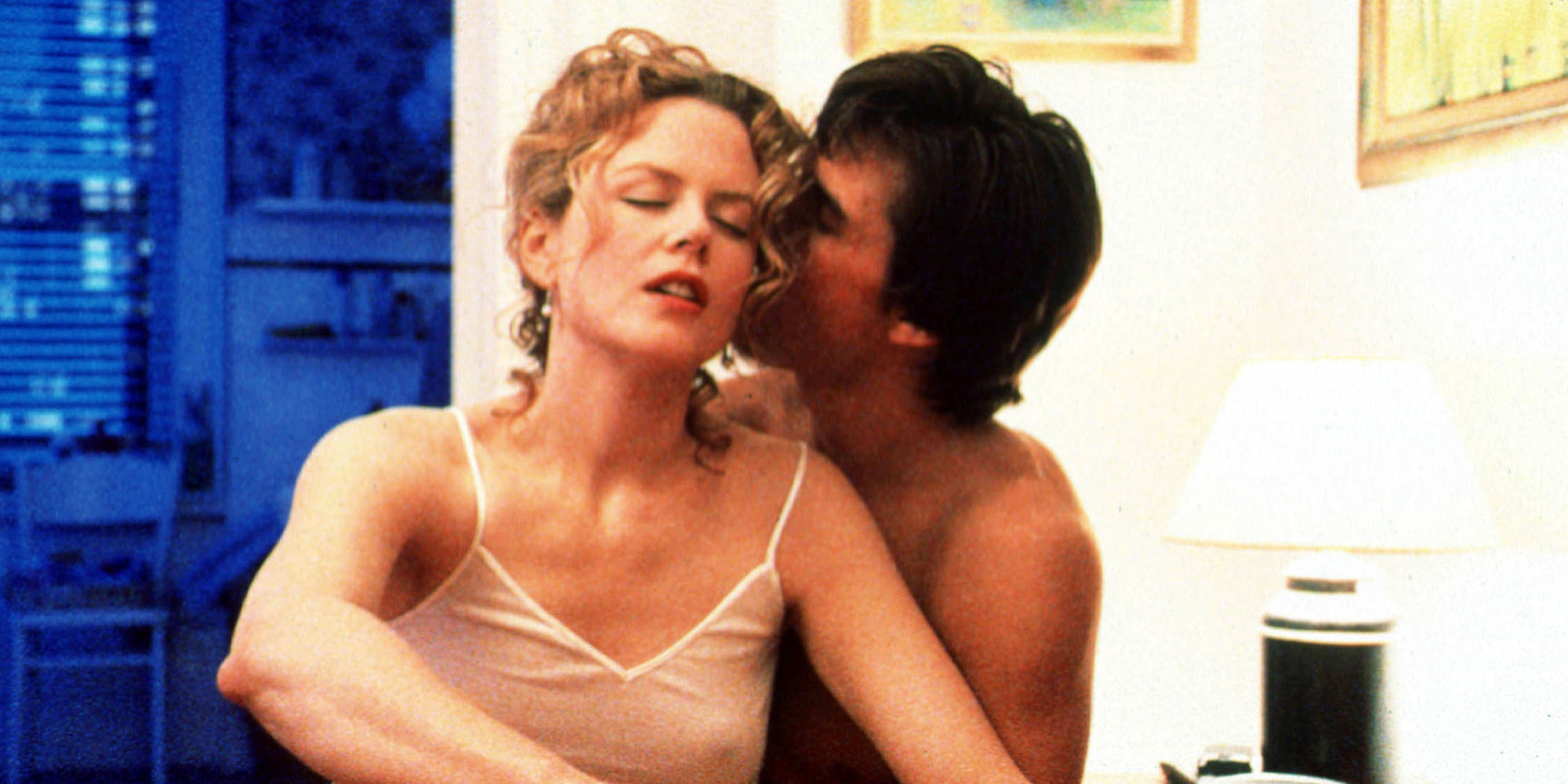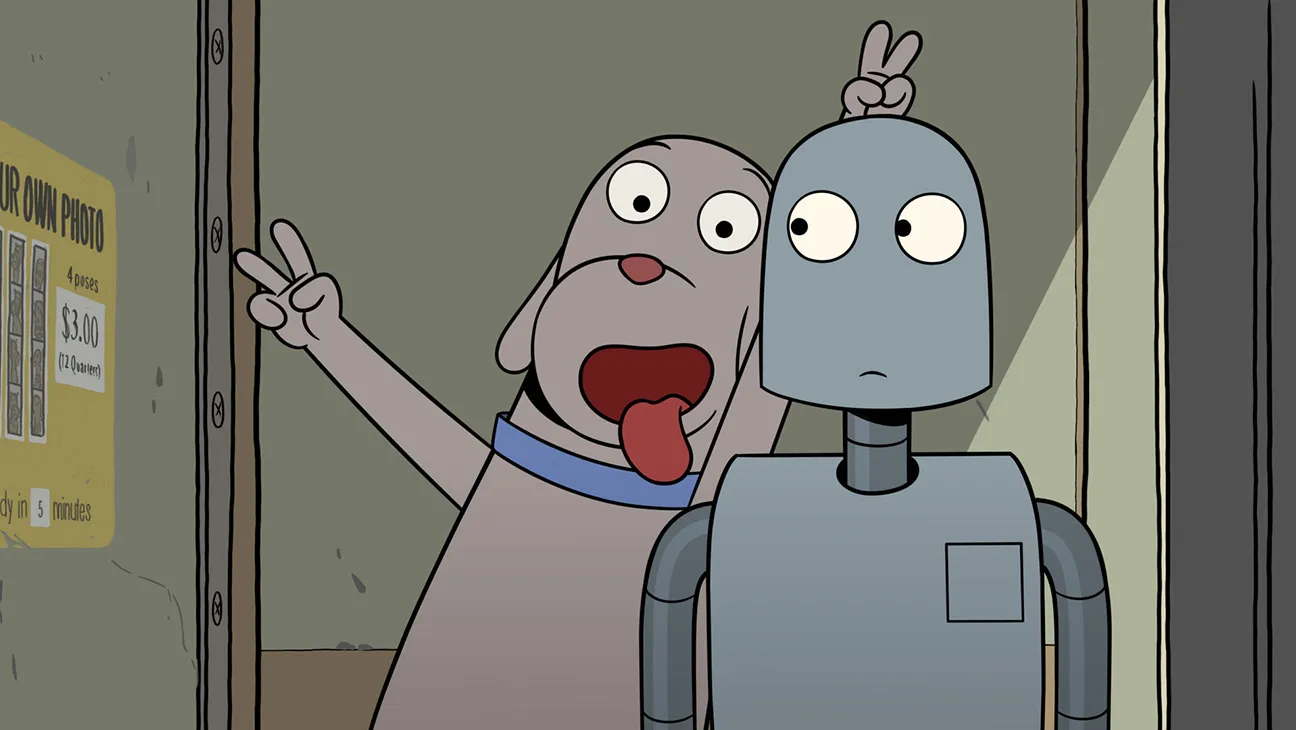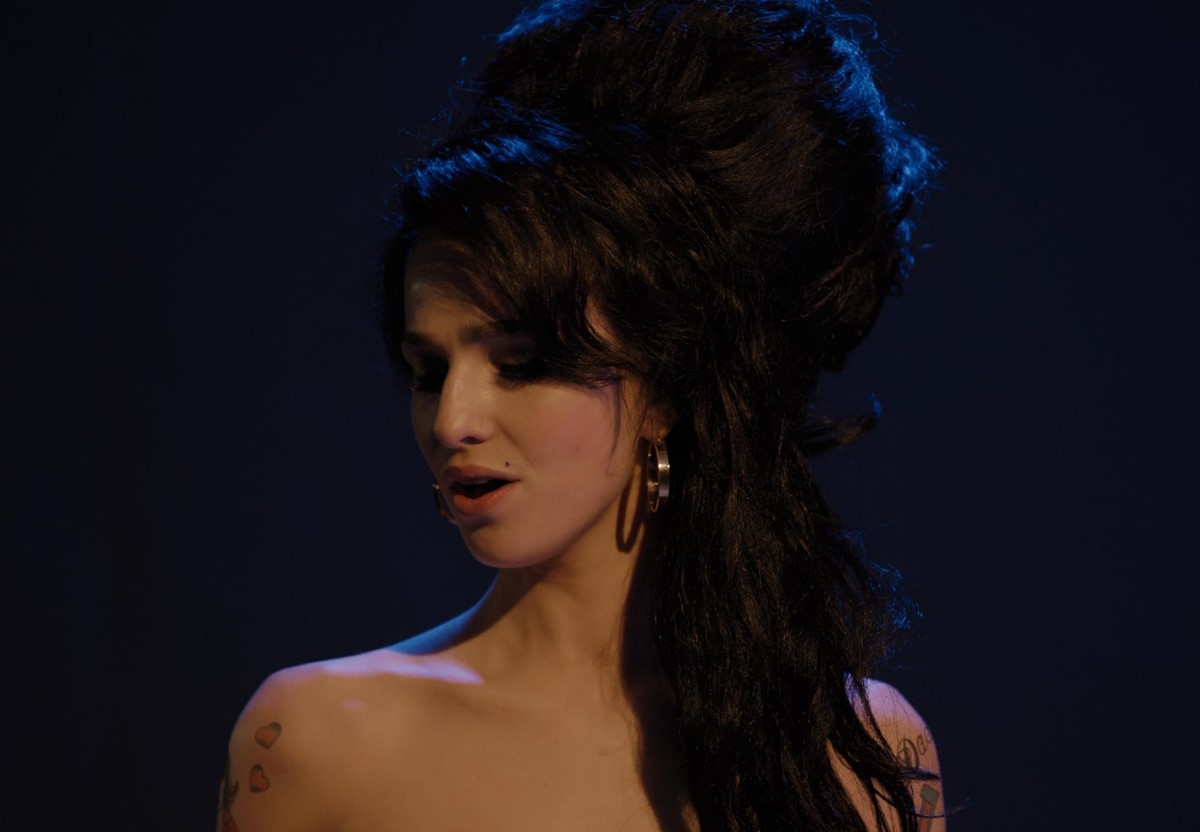Eyes Wide Shut: Danger and Desire in a Haunting Bedroom Odyssey
by Janet Maslin
Given the grippingly bizarre settings and situations that Stanley Kubrick’s films favored, what could be more startling than the scene that opens Eyes Wide Shut? It’s only the sight of two people who resemble glamorous movie stars getting ready for a black-tie party. “How do I look?” she asks, and he says she looks perfect — even though she is perched on a toilet wearing eyeglasses with her evening gown, and he is too busy studying himself in a mirror to notice. Look no further than this for a sense of what this film’s title signifies, or how craftily its illusions of ordinariness and intimacy seduce the viewer.
There is consolation for having to read the words “The End” on the posthumous work of Kubrick: As a literally spellbinding addition to the Kubrick canon, Eyes Wide Shut would have been greeted with the same fascination had its director not died four days after completing it. And it would go on to rattle audiences in the same quietly devastating way. In what is truly the riskiest film of his career, the man who could create a whole new universe with each undertaking chose the bedroom as the last frontier, to the point where prolonged conjugal conversations mark the dramatic high points in a long, winding and surreal story. Often accused of creating icy characters, he touched the hidden part of the iceberg this time.
Eyes Wide Shut provides a stunning epiphany for the summer of the dirty joke. This is a dead-serious film about sexual yearnings, one that flirts with ridicule yet sustains its fundamental eeriness and gravity throughout. The dreamlike intensity of previous Kubrick visions is in full force here, in an adaptation of a 1926 Viennese novella that is stark and haunting in its own right. In Arthur Schnitzler’s Dream Story, which the film follows with such surprising ease that its New York has a grandly Viennese flavor, a doctor and his wife are teased apart by sexual jealousy as the husband is drawn into “a wild, shadowlike succession of gloomy and lascivious adventures, all without an end.” Step by step, this languorous yet precise film glides into a similarly mysterious realm.
“Everything seemed unreal: his home, his wife, his child, his profession, and even he himself, mechanically walking along through the nocturnal streets with his thoughts roaming through space,” wrote Schnitzler, describing the erotically charged odyssey that Kubrick and his two intrepid stars, Tom Cruise and Nicole Kidman, bring to life here. How hilarious Ms. Kidman must have found the flap over her fleetingly bare backside in “The Blue Room,” since Eyes Wide Shut has her slipping gracefully out of her dress in its very first frame. But that play, also derived from Schnitzler, made a valuable undress rehearsal for the physical animation she displays here.
A word about the titillation factor, in a film that brings the failings of the MPAA ratings system to the boiling point: Eyes Wide Shut is suffused with sexual possibility at every turn and uses frontal nudity to deliberately potent effect, yet its mood is not strictly one of eroticism. Here sex and death are inextricably interwoven, never more so than in the vision of sexual purgatory in a ritualized, moribund orgy sequence, one that has been digitally censored to win the film its R rating.
The changes — adding computer-generated figures that partly obscure sexual activity during a 65-second sequence — are a joke. The meaning and effect of the acts witnessed remain the same. (Critics were shown both versions.) And any system that puts such a profoundly adult film in the same category as American Pie, South Park and Lake Placid is inadequate to the nuances of an R-rated world. As the R is allowed to disintegrate into an outright goal for teen-agers, the system has left itself no way to differentiate between crude frat-boy jokes about having sex with dessert and this intricately nuanced exploration of the nature of sexual bonds. The NC-17 rating has degenerated into a stigma, so it would have been worse than useless for a legitimately adult film like this.
Ushered in with a waltz, Eyes Wide Shut, written by Kubrick and Frederic Raphael, begins by sweeping Dr. William Harford ( Cruise) and his wife, Alice (Ms. Kidman), out of their art-filled, oddly insinuating Manhattan apartment and into the midst of a lavish Christmas party. (The paintings, preternaturally vibrant images of pets, vegetables and flowers, are by the late filmmaker’s wife, Christiane Kubrick, and Katharina Hobbs.) To the tunes of mischievous musical selections like “I’m in the Mood for Love” and “I Only Have Eyes for You,” the Harfords mingle with the crowd. Soon each of them is in the midst of a flirtation, Alice with a debonair European who asks her, “Don’t you think one of the trials of marriage is that it makes deception a necessity for both parties?” Bill, meanwhile, is arm in arm with two alluring women who promise to take him “where the rainbow ends.”
The film’s subliminal manipulation is already at work. As in dreams, odd details stand out in bold relief. The word rainbow will figure later in the story, as will the curious fact that the pianist at the party, Nick Nightingale (Todd Field), knew Bill at medical school and is playing a downtown engagement at a place called the Sonata Cafe. “Hey, wasn’t it around here that the Donner party got snowbound?” Shelley Duvall asks at the beginning of The Shining; Eyes Wide Shut is loaded with that kind of sly foreshadowing.
It also gives an otherworldly radiance and personality to Christmas lights, just as it overpoweringly deploys certain colors, most notably red and blue. The conjugal life is bathed in red, at first, and death and danger in blue — until the film begins switching and juxtaposing them incessantly to create underlying tension. The advent of purple, first on the dress of a young prostitute and later on the sheets where Alice sleeps, has its own innate drama. So does the jarringly red pool table used in one of the few ill-advisedly earthbound scenes in the film, a denouement that threatens to rupture the reverie with too much cloak-and-dagger plot.
When the party’s slightly unsavory host, played by Sydney Pollack in a role first meant for Harvey Keitel, summons Bill upstairs to treat a beautiful, unclothed woman suffering a drug overdose, the contrast between hidden and overt experience emerges full-blown. Cruise, artfully using his golden-boy carapace in this tricky role, saves the victim and tells her she’s “a very, very lucky girl” while seeming not even to notice her nudity.
Back home and both fueled by sexual jealousy, the Harfords retreat into conjugal ardor. But it doesn’t take long for their intimacy to escalate into a fight. Giving themselves over wholly to the film’s intimate range and mounting tension, Cruise and Ms. Kidman play out a long, marijuana-laced argument in their underwear, and all of the film’s credibility hangs on their ability to make the exchange seem real. They achieve this with obvious bravery, to the point where the argument scene becomes the film’s driving force. Enraged (in a major holdover from Schnitzler) when his wife confesses to having wildly desired a stranger, Cruise’s Bill moves bitterly into a nightful of vividly conjured temptations, which are suddenly set off by a telephone call. Throughout his adventures, like any dreamer, he is occasionally saved by the bell.
On goes Eyes Wide Shut, to the Sonata Cafe and over the Rainbow, into a string of grippingly intense encounters that test Bill over and over. Part of the film’s sustained tension comes from the slow, ribbonlike way in which these episodes unfold, with fidget-prompting long takes and not much background music to provide relief; part of it comes from the viewer’s complete uncertainty about what will happen next. These open-ended vignettes feature small, indelible performances — from Alan Cumming as a conspiratorial hotel concierge, glowering Rade Sherbedgia as the proprietor of a costume rental shop and Leelee Sobieski as his naughty daughter (perfectly embodying the “smile of impish desire” described by Schnitzler), Vinessa Shaw and Fay Masterson as prostitutes who entangle Bill — that define the film’s landscape as surely as topographical features would.
The effect of this odyssey, which leads Bill to the masked orgy sequence that must have been sheer insanity to film at Kubrick’s perfectionist pace, and ultimately takes him to a place where red and blue are absurdly yet touchingly reconciled, is not easily calculated while Eyes Wide Shut is under way. Despite some abrupt editing in a work that the director never lived to fine-tune, the film moves effortlessly, and it goes straight under the skin. Its powerful and lingering resonance attests to a final compassion and profundity in Kubrick, the body-and-soul commitment of Cruise and Ms. Kidman, and the Rorschach-like ability of this material to envelop audiences in ways unexplained and unexpected.
“Life goes on,” Pollack’s character says cynically late in the film. “It always does, until it doesn’t.” Along with that sentiment, Kubrick left one more brilliantly provocative tour de force as his epitaph.
The New York Times, July 16, 1999





